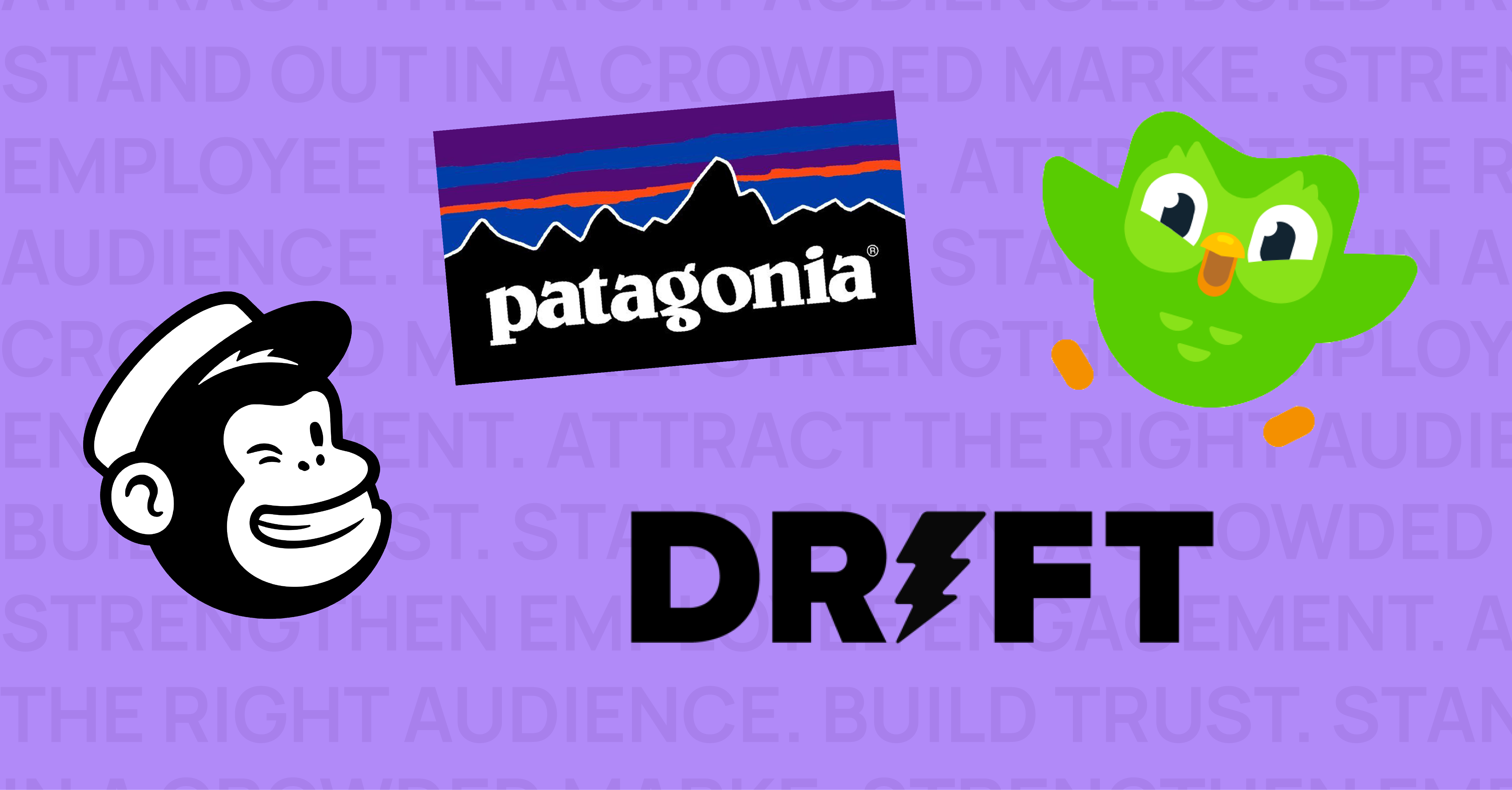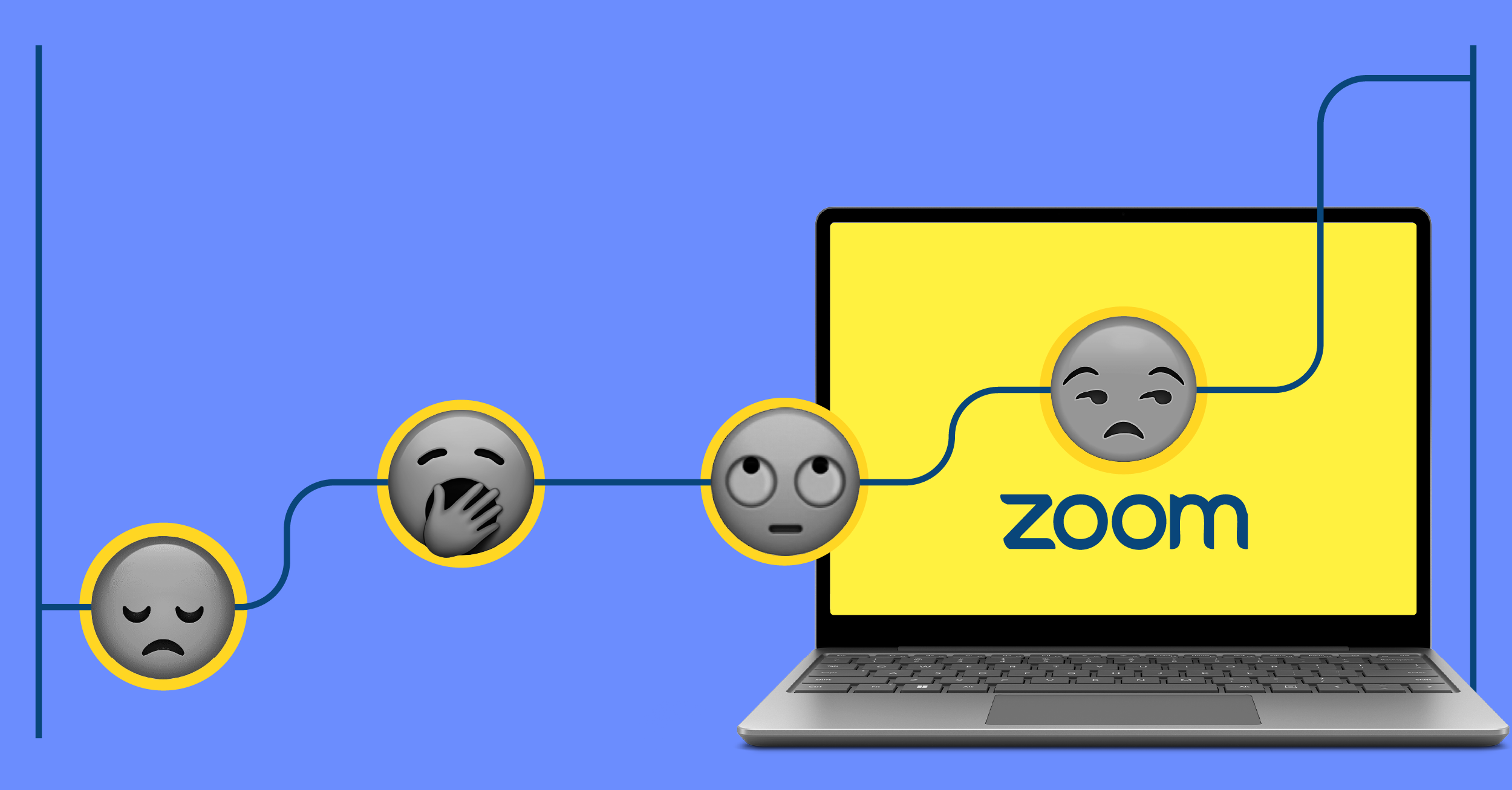December is a month of rites and rituals: Winter concerts. Final exams. Religious holidays. Family gatherings. Company parties. First flurries. And way too many sweets.
In recent years, many of these traditions have come under a microscope to ensure they are inclusive, respectful, and appropriate. And rightfully so.
But there’s one tradition that has escaped our scrutinizing gaze: the Annual Marketing Plan (AMP).
Okay, so perhaps it isn’t the most controversial of topics. But it is one that deserves a careful review. It’s not that the (AMP) is problematic. It’s just that there are better ways to achieve the desired outcomes.
The Current Way
Companies of all shapes and sizes use the turning of the calendar as a North Star to navigate their business journey. In the marketing world, this means that with the approaching year’s end, there’s an urgency to create, re-create, or re-re-create the AMP.
The call for an AMP can come from any number of people within a company. Often a CEO sets the strategic direction for the business and seeks departmental plans to execute that vision. Or perhaps the agenda is driven by the CFO asking for budgets by functional area. Naturally, when budgets are submitted, someone is going to say, “Okay, I see what you’re requesting. What do you plan to do with these resources?” Hence the creation of the plan.
The intent of the AMP is good: Review what we did last year? Check. Discuss the business strategy and goals for the coming year? Check. Determine how marketing needs to adjust to fulfill these expectations? Check.
The problem with the AMP isn’t with the M or the P. It’s with the A. Marketing can’t be a set-it-and-forget-it annual view. How can we know in December what will be needed from marketing next October?
Let’s take a trip back in time to see if I’m right. About 12 months ago, in December 2022, marketers were finalizing their plans for their 2023 AMP. How’d that go for you? How long did it take before it all went off the rails and the entire strategy and tactical plan went out the window?
For so many businesses, 2023 was an unpredictable year. Regardless of what happened, it’s highly likely that the forecast was wildly wrong. We know businesses that thought 2023 would be a banner year but had layoffs for the first time in their history. Conversely, we saw businesses plan for the worst and end up having a very good year. This isn’t an article blaming or crediting forecasters. But it is important to highlight that as the business shifts direction, so too must the marketing plan. So, how long into 2023 did you get before you completely abandoned your marketing plan?
And 2023 wasn’t even a crazy year. Can you imagine how long businesses’ marketing plans lasted in 2020? As the world responded to a global pandemic, marketing plans weren’t worth the paper they were printed on.
At Hencove, we often work with early-stage, growth-oriented companies, and for these organizations, planning in 12-month increments can be futile. Let’s face it—a lot of things have to be aligned to get the growth engine dialed in:
- Product and solution
- Pricing model
- Target business
- Target individuals within business
- Messaging
- Brand identity
Like a locksmith trying to open a safe, companies must find the winning combination of all these ingredients to complete a sale. In the early days, that can look like a lot of trial and error. Or trial and learning and adjustments. Again, that’s natural and normal. And each new lesson learned means marketing will also have to adjust.
The Better Way
I’m not proposing that we throw out the AMPs and just fly through the year without a plan. Instead, I’m proposing scaled-down MAPs—also known as Marketing Alignment Plans—or Business-Aligned Marketing Plans, or Quarterly Marketing Plans. Whatever you want to call them is fine. The key is to do them more frequently and at a less involved scale so that you don’t spend the entire year just planning. You need to save some time for doing.
Hencove has a few clients that have adopted this approach. On a quarterly basis, tied to their quarterly business reviews, we look at marketing, see what’s working, consider what should be tweaked, and make the adjustments. And the plan itself doesn’t have to be 25+ pages of PowerPoint slides. Typically, a few pages, and more importantly, engaging conversations, are more than enough to get everyone pointed in the right direction.
For most companies, the purpose of marketing is to build awareness, credibility, and ultimately, engagement across all relevant audiences, including future and current clients, employees, investors, and other industry members.
If we can agree on that, then why would we wait until December to do a realignment? If things aren’t working with sales—apologies, if marketing isn’t supporting sales in the manner it needs to be effective—why would we wait until the end of the year to adjust? Even if the sales cycle is based on the traditional calendar, which many are not, perhaps the summer would be a better time for a marketing reset. You know, a time in the year when things are a bit slower and when there’s still some time left to make a positive impact.
2024
May the final days of 2023 be good to you and yours. May you have good health and much happiness in the year ahead. And may you trade in your AMP for a MAP. And remember to download the quarterly software updates to keep your MAP current.



